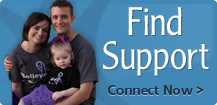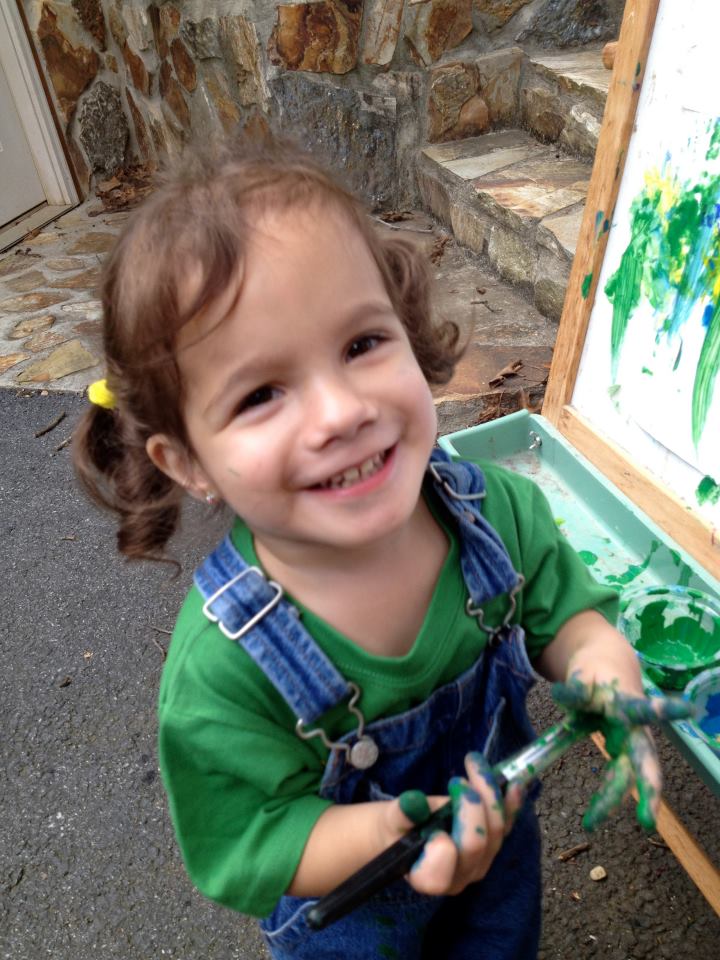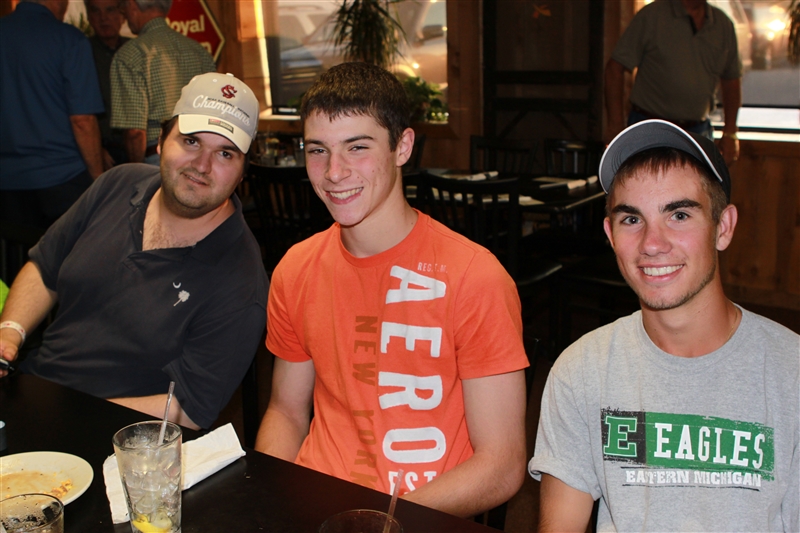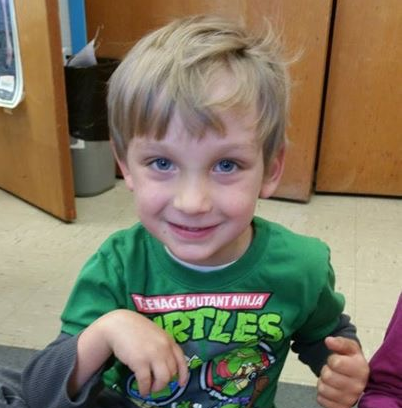
Cerebral palsy—also known as CP—is a condition caused by injury to the parts of the brain that control our ability to use our muscles and bodies. Cerebral means having to do with the brain. Palsy means weakness or problems with using the muscles. Often the injury happens before birth, sometimes during delivery, or soon after being born. Physical symptoms typically appear in the first few years of life. Infants with cerebral palsy are frequently slow to reach developmental milestones such as learning to roll over, sit, crawl, smile, or walk. Cerebral palsy occurs in 1 in every 300 children (Source: Center for Disease Control).
CP can be mild, moderate, or severe. Mild CP may mean a child is clumsy. Moderate CP may mean the child walks with a limp. He or she may need a special leg brace or a cane. More severe CP can affect all parts of a child’s physical abilities. A child with moderate or severe CP may have to use a wheelchair and other special equipment.
Sometimes children with CP can also have learning problems, speech, problems with hearing or seeing (called sensory problems), intellectual differences, and behavioral or emotional challenges. Cerebral palsy does not always cause serious disabilities. Usually, the greater the injury to the brain, the more severe the CP. However, CP doesn’t get worse over time, and most children with CP have a normal life span.
Stroke in young children often results in a movement disorder very similar to that resulting from cerebral palsy. In a 2008 study, the frequency of cerebral palsy following a perinatal arterial stroke was 68 percent. Of those children who had cerebral palsy, 87% had hemiplegic cerebral palsy. [1]
Learn more about hemiplegic cerebral palsy.
The signs of cerebral palsy differ from person to person and may change over time. Signs of cerebral palsy may include the following:
- child is slow to reach developmental milestones such as learning to roll over, sit up, crawl, smile, or walk
- weakness in one (hemiplegia) or more limbs (arms or legs)
- standing and walking on tiptoe
- difficulty with fine motor tasks (such as writing or using scissors)
- difficulty maintaining balance
- walking with an abnormal gait, with one foot or leg dragging
- involuntary movements
- excessive drooling
What causes Cerebral Palsy?
Several of the causes of cerebral palsy that have been identified through research are:
- head injury,
- jaundice,
- Rh incompatibility,
- rubella (German measles)
- conditions relating to premature birth
- and stroke (caused by a variety of conditions, some causes unknown)
How is Cerebral Palsy diagnosed?
Doctors diagnose cerebral palsy by:
- testing motor skills and reflexes,
- looking into medical history, and
- employing a variety of specialized tests.
Although its symptoms may change over time, cerebral palsy by definition is not progressive, so if a patient shows additional medical issues, the problem may be something other than cerebral palsy.
How is Cerebral Palsy treated?
There is no standard therapy that works for all children with cerebral palsy. Some of the therapies used to treat children with cerebral palsy include:
- Physical therapy,
- occupational therapy,
- oral medications
- botulinum toxin
- speech therapy,
- behavioral therapy,
- drugs used to control seizures and muscle spasms,
- special braces or orthotics can compensate for muscle imbalance,
- splinting to improve muscle function,
- orthopedic surgery to correct contractures or improve function
- counseling for emotional and psychological needs
Muscular Contractures and Spasticity
The upper motor neuron syndrome of cerebral palsy leads to several types of muscle over activity, including spasticity, which means muscles tighten involuntarily. Children with hemiplegia develop spasticity on one side of the body. Spastic muscles do not show typical growth patterns and over time, muscle contractures can develop. Reducing muscle spasticity may be an important goal of treatment. This can improve comfort and function and help prevent future musculoskeletal complications such as contractures (permanent tightening of the muscle). Early prevention of contractures may reduce the need for corrective surgery.
A primary treatment option for spasticity is physical therapy which may promote maximum joint motion and muscle lengthening. When physical therapy isn’t enough, other treatment options include injections of botulinum toxin, muscle lengthening surgery, selective dorsal rhizotomy, and the Baclofen pump.
Other Resources
Diagnostic assessment of the child with cerebral palsy – 2008 Report of the Quality Standards Subcommittee of the American Academy of Neurology and the Practice Committee of the Child Neurology Society
Cerebral Palsy The following brief description of this condition contains an overview of material discussed in much more depth in a book Cerebral palsy; A guide for care by Miller, Bachrach, et al published by Hopkins Press
Cerebral Palsy: Hope Through Research NINDS
Cerebral Palsy International Research Foundation
American Academy for Cerebral Palsy and Developmental Medicine
Center for Cerebral Palsy Spasticity St. Louis Children’s Hospital
How Can I Help? CP Booklet
Cerebral Palsy Fact Sheet 2 NICHCY
Ontario Federation for Cerebral Palsy
Antenatal risk factors for cerebral palsy
Can We Prevent Cerebral Palsy? Karin Nelson, MD
Stress and adaptation in mothers of children with cerebral palsy
Intrauterine exposure to infection and risk of cerebral palsy in very preterm infants.
Cerebral palsy in childhood: 250 cases report
Cerebral palsy in twins: a national study
Pain in children with cerebral palsy: common triggers and expressive behaviors To obtain parents’ identification and description of the behaviors, health care procedures and daily living situations associated with pain in children with cerebral palsy. Canada.
Minocycline markedly protects the neonatal brain against hypoxic-ischemic injury
Brain reorganisation in cerebral palsy: a high-field functional MRI study. 1 subject, 15 years old, with perinatal left-sided hemiparesis.








